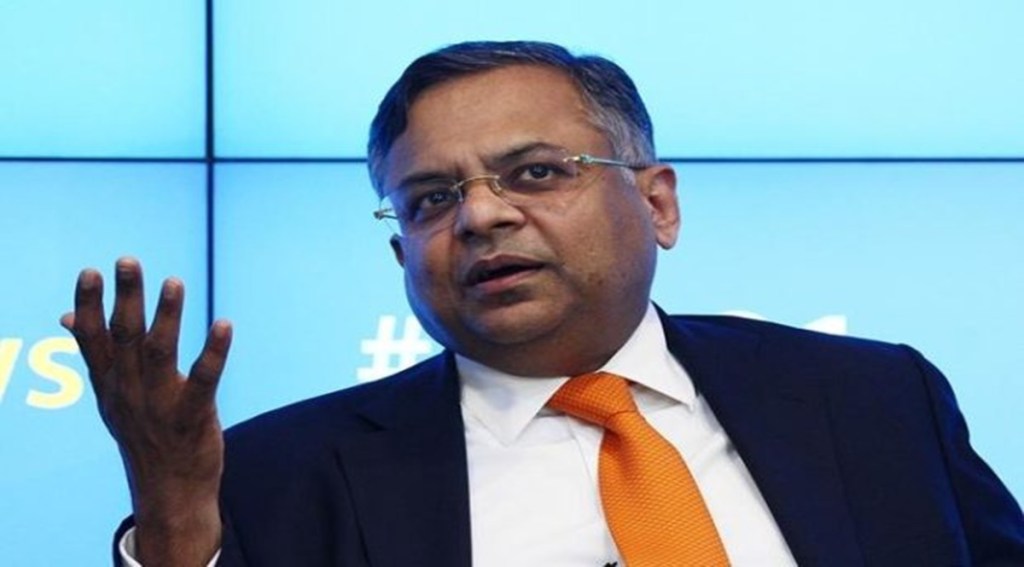When he took over the role of chairman of Tata Sons five years ago, Natarajan Chandrasekaran was expected to infuse new energy into the Tata conglomerate. He has lived up to that promise. With a big foray into the digital arena, a superapp in the works, and an airline in its fold, the group is certainly beginning to look different.
Back in 2017, domestic consumption (excluding financial services) brought in less than 10% of the revenues. That share might not go up significantly in a hurry given Tata Consultancy Services is a giant of a company. But, having got itself a foothold in e-retail with the acquisition of BigBasket, it must now leverage its enviable portfolio of consumer-facing businesses to grab a big share of the pie. Fortunately for the group, its finances are in much better shape today; return ratios have improved for most for the companies. The upturn in the commodities cycle has brought back Tata Steel its sheen; the company has become stronger with a couple of acquisitions under its belt. Businesses like Indian Hotels, that had been weighed down by unviable acquisitions and badly hit by the pandemic, are now turning around. Some of the deadwood—like the consumer mobile business of Tata Teleservices—has been gotten rid off. Tata Power is back on track and has re-jigged itself to focus on the renewables space while Titan’s strong run continues. Tata Motors, however, will take some time to recover from the blow dealt by the pandemic, having run up a total loss of Rs 25,000 crore in the two years to FY21. Nonetheless, the market capitalisation of the top 12 companies in the Tata fold has doubled to Rs 23 lakh crore from around Rs 11.5 lakh crore in February 2020.
It could not have been easy for Chandrasekaran to revive and reorient the group, over the last five years, given the cash crunch that several of the businesses faced. Nonetheless he has not hesitated to write out the cheques for acquisitions for the existing companies and has also found the funds to invest in new ventures. The group will need resources as it builds the e-commerce portfolio, ventures into chip manufacturing and scales up the other businesses. Much like its rivals, it may also raise capital from PE players and possibly even strategic partners and leverage technology from global players. While working from a powerful platform like the Tatas has its advantages, large corporations are not always nimble, an important trait in today’s world. Businesses are also becoming increasingly vulnerable to rapidly-changing technologies; we have seen this, for instance, in digital payments where business models have become outdated and obsolete in a just few years. Chandrasekaran and his team will need to innovate continuously to stay ahead.
The last five years may have seemed difficult for Chandrasekaran after his spectacular track record at TCS, but the next five years will probably be far more challenging. While combating competition from deep-pocketed rivals, the Tata Group chief will also need to fight some battles in a tough regulatory environment.
So, while there a myriad opportunities out there, there are also many obstacles. The debate and discussions on the e-commerce guidelines—which are clearly unfriendly for big business houses like the Tatas given their many consumer-facing enterprises—have not always been amicable. At 58, however, Chandrasekaran is both seasoned and energetic enough to resolve these issues to the benefit of the group and without confrontation. He has demonstrated his ability to manage both people and problems. As he embarks on another innings, we congratulate him for the achievements of the last five years and wish him the very best for the next five.

